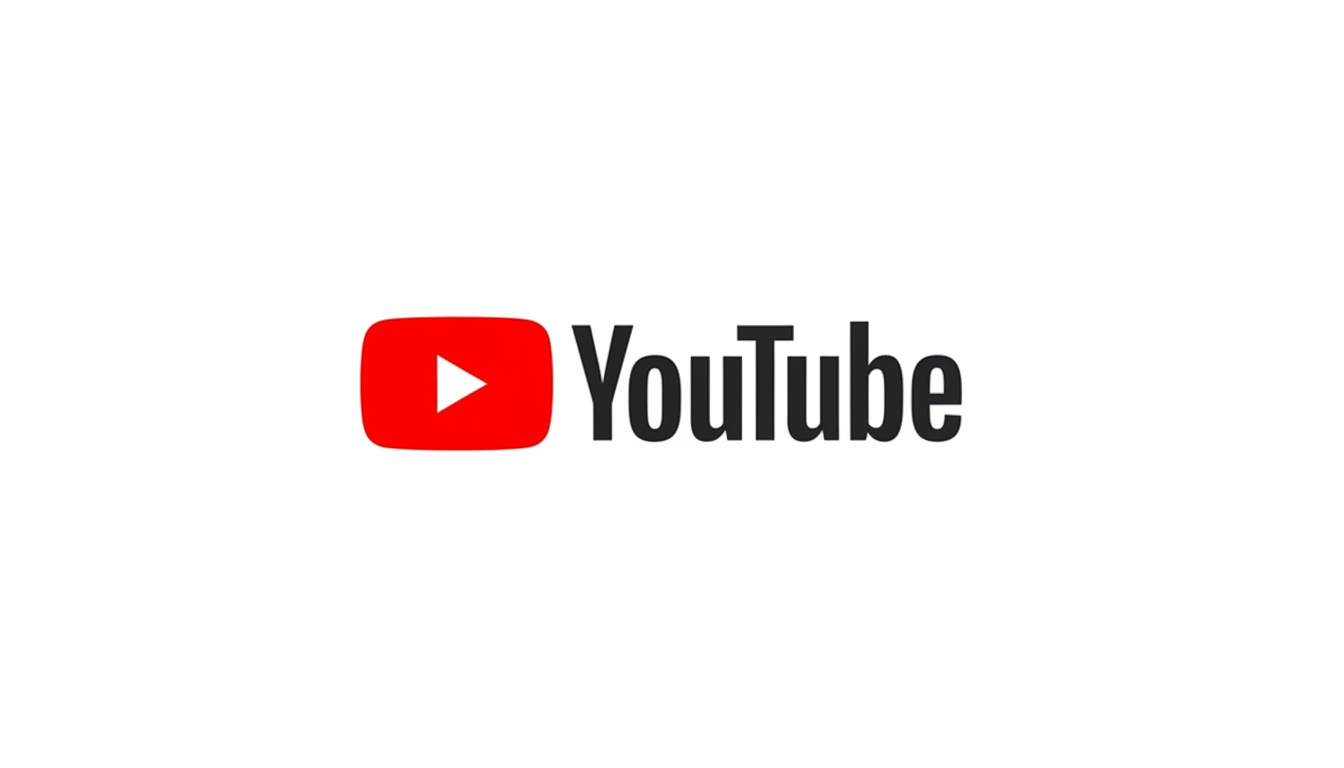A video featuring an AI-generated NSFW thumbnail was briefly boosted by YouTube’s recommendation algorithm, reaching about 4 million views in the process, according to multiple user reports — despite the fact that it doesn’t contain any explicit material.
The episode underscores the power of synthetic imagery and click-through incentives to flood safety filters with provocative content as it is put in front of broad audiences, including teenagers.
- How a suggestive AI thumbnail flooded YouTube feeds
- How a click-optimized algorithm let the thumbnail spread
- Why this matters for teens and families online
- AI raises the bar on content moderation at scale
- What YouTube could do next to curb risky thumbnails
- What viewers can do now to clean up recommendations
- The bottom line: thumbnails still drive the algorithm

How a suggestive AI thumbnail flooded YouTube feeds
Many users across Reddit reported seeing a short video titled “African Giant Maasai” in their home feeds and unrelated searches — quite a few of them noting that the thumbnail made it obvious it wasn’t safe for work. In fact, according to users, the 16-second video clip in question showed no nudity or sexual activity, but the thumbnail — we’ve all seen them! — of two women’s naked torsos (the image itself is apparently almost entirely artificial) did its part to lure clicks. The channel replaced the image with something safer after the post went viral, but not before views surged into the millions.
What made the spread so unusual wasn’t just the image but where it ran. “It popped up while they were browsing through something completely unrelated,” said users who reported seeing it, adding that in some cases they found the image on minor accounts. That could be an attempt to game engagement signals, or a temporary glitch in recommendation safeguards that usually prevent borderline sexual thumbnails from surfacing.
How a click-optimized algorithm let the thumbnail spread
YouTube’s algorithm heavily optimizes for watch time and click-through rate, and thumbnails are a big signal of how likely it is that you will click. AI-manufactured images can be designed to provoke curiosity or outrage without crossing clearly visible policy lines inside the video. When enough people click and stick — even for just a few seconds — the system can then expose that content more widely, creating a loop in which the image is rewarded over, and instead of, the substance.
YouTube’s rules prohibit sexually explicit content and deceptive metadata, including sexualized thumbnails crafted to bait clicks. The platform also notes that violative images could result in a user’s content being removed or in strikes. But, as the company’s transparency reports demonstrate, enforcement at scale is probabilistic. YouTube routinely takes down millions of videos and over a billion comments every quarter, successfully keeping the violative view rate below 1% — but edge cases still trickle through, particularly with adversarial creators moving quickly against automated checks.
Why this matters for teens and families online
The broad distribution of a suggestive thumbnail is important because the homepage and search are the places young users typically spend a lot of time. According to Pew Research Center, 95% of U.S. teens say they use YouTube and almost one in five report that they are on the platform “almost constantly.” Even if the main video is squeaky clean, the thumbnail can flout expectations and school or workplace standards.
YouTube has supervised accounts and a separate kids app, but many families use the main service with Restricted Mode or content preferences instead. When the defenses built by settings can be undone by one click on a tantalizing thumbnail via general recommendations, faith in “safe enough” defaults takes a hit.

AI raises the bar on content moderation at scale
Generative AI has reduced the cost of generating hyper-optimized images customized to solicit clicks. It’s also harder to detect when content is synthetic, borderline, or intentionally cropped in ways meant to game nudity classifiers. Entities like the Partnership on AI and academic researchers have cautioned that AI-based media manipulation is outstripping current moderation tooling, particularly at the scale of a thumbnail where context is in short supply.
YouTube has started rolling out labeling and policies for synthetic and altered content, which will also require creators to disclose significant changes made to AI-generated videos. But disclosure does not automatically limit distribution, and current rules do not cover AI imagery that is intended only for click harvesting in thumbnails. The asymmetry endures: one single shocking image can spread within minutes, while identification and appeals take time.
What YouTube could do next to curb risky thumbnails
Experts have long recommended throttling the reach of recommendations until safety checks come in, especially for content whose thumbnail was responsible for an abnormally high spike in clicks. More aggressive pre-screening for nudity and erotic imagery in thumbnails — backed with penalties for repeat offenders — would help curb the abuse. One option would be to require clear disclosure for AI-generated thumbnails and restrict their distribution to adult audiences by default.
More transparency would inspire trust: release thumbnail-specific enforcement stats, open more recommendation data to researchers, and provide detailed family controls that block sexualized thumbnails without blocking the whole video. Indeed, calls for such common-sense guardrails are just what communities like Common Sense Media and AlgorithmWatch have asked for.
What viewers can do now to clean up recommendations
- If a suggestive thumbnail pops up in your feed, use the Report and Not Interested options; both signals influence future recommendations.
- Consider pausing your watch history briefly to reset personalization, then turn both search and watch history back on. Some users pause for about 90 minutes and restart.
- Use signed-in profiles on shared devices; anonymous browsing often results in more generic, clickbait-prone feeds.
The bottom line: thumbnails still drive the algorithm
A single AI-generated thumbnail propelled a 16-second nothing-burger to nearly four million views, reaffirming that attention, not quality, is still the coin of the realm.
Until platforms treat thumbnails as rigorously as videos — and revise policy to reflect the realities of generative AI — episodes like this will continue to slip through.

